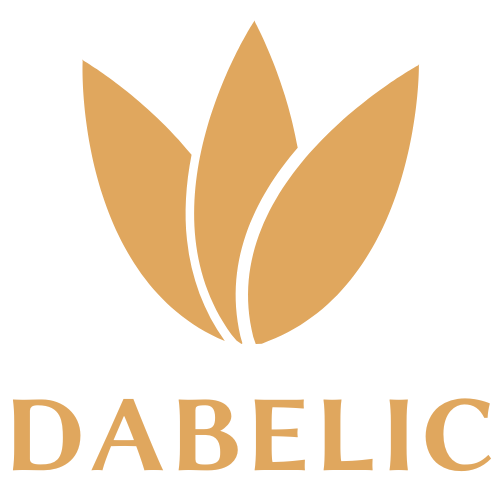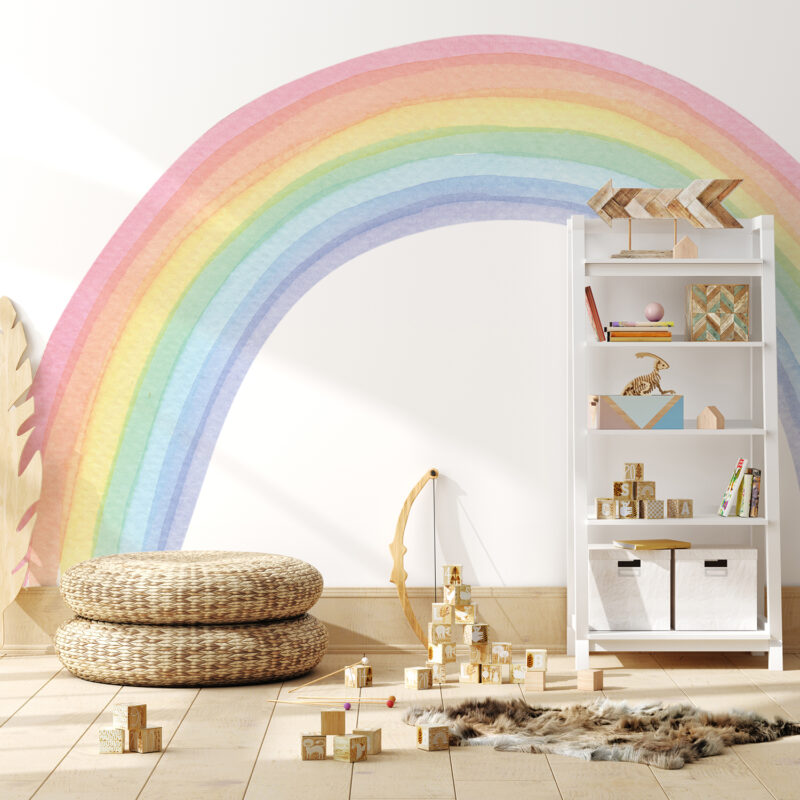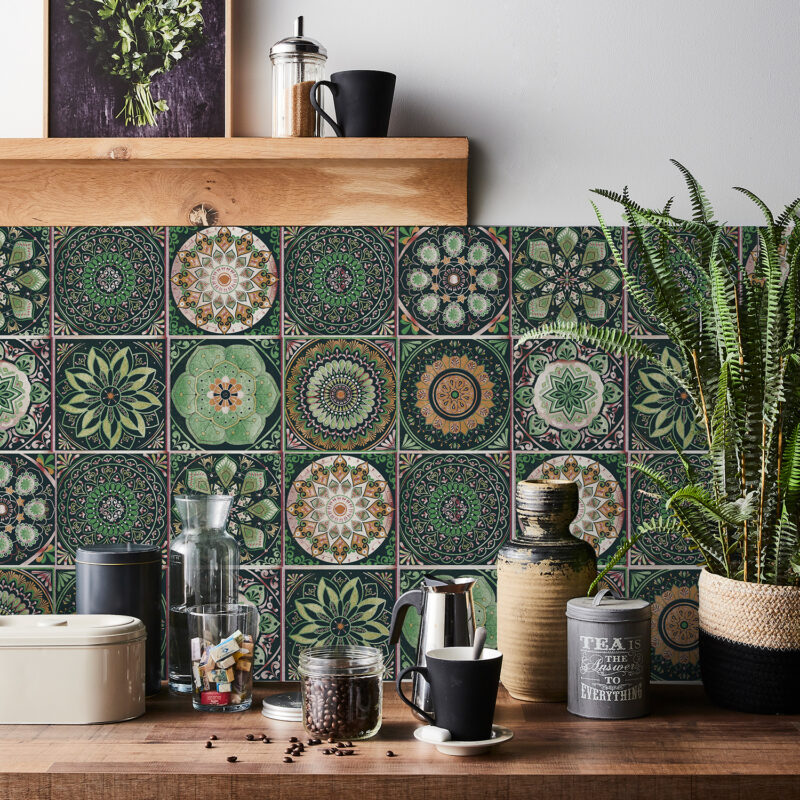Wall Decor
Designing Your Dream Garden with a Diverse Plants and Flowers Collection
Creating a lush and diverse garden is a delightful endeavor that not only enhances the landscape but also provides a sanctuary of peace and natural beauty. This comprehensive guide delves into the intricacies of curating a vibrant collection of plants and flowers, offering practical advice on selection, garden design, care tips, and the ecological benefits of maintaining a diverse floral environment.
The Joy of Diversity in Garden Design
A garden teeming with a variety of plants and flowers is not just visually stunning; it also fosters a healthier ecosystem and can adapt better to changing climates. Diversity in a garden involves integrating a mix of plant species with varying flowering times, growth habits, and foliage types, which ensures that your garden remains vibrant and active throughout the year.
Planning Your Garden Layout
1. Assessing Your Space: Before planting, assess the space available. Consider the amount of sunlight, soil type, and climate, as these factors will influence the types of plants that can thrive in your garden.
2. Designing for Continuity: Plan for sequential blooming throughout the seasons to ensure your garden remains colorful and vibrant all year round. This can be achieved by choosing plants that flower at different times.
3. Utilizing Height and Structure: Incorporate a variety of plant heights and structures to create an appealing and layered landscape. Tall trees can provide a backdrop, medium-sized shrubs can add body, and low-lying flowers can fill in the front.
Selecting the Right Plants
1. Native Plants: Opt for native plants whenever possible as they are adapted to the local climate and soil, require less water and maintenance, and provide the best support for local wildlife.
2. Exotic and Ornamental Plants: While native plants are ideal for sustainability, adding a few exotic or ornamental plants can enhance the uniqueness of your garden. Ensure these plants are not invasive in your area.
3. Edible Plants: Integrating edible plants like herbs, fruit trees, and vegetable patches can add functionality to your garden, allowing you to enjoy fresh produce right from your backyard.
Plant and Flower Care Essentials
1. Watering Needs: Understand the watering needs of each plant type. Installing a drip irrigation system can be a water-efficient way to ensure all plants receive their necessary hydration without overwatering.
2. Soil Management: Regularly test your soil and amend it with organic matter to maintain fertility. Different plants require different pH levels and nutrient balances, so tailor your soil amendments accordingly.
3. Pest and Disease Control: Adopt integrated pest management practices that favor natural methods, such as encouraging beneficial insects and using organic pesticides only as a last resort.
Ecological Benefits of a Diverse Garden
1. Supporting Wildlife: A diverse garden provides habitats and food sources for various wildlife species, including birds, bees, butterflies, and other beneficial insects.
2. Improving Air Quality: Plants absorb carbon dioxide and release oxygen, thus improving air quality. They also filter out pollutants from the air, contributing to a healthier environment.
3. Soil Conservation: The roots of garden plants help bind the soil, preventing erosion. Different types of plants have varying root systems that work together to stabilize the soil.



